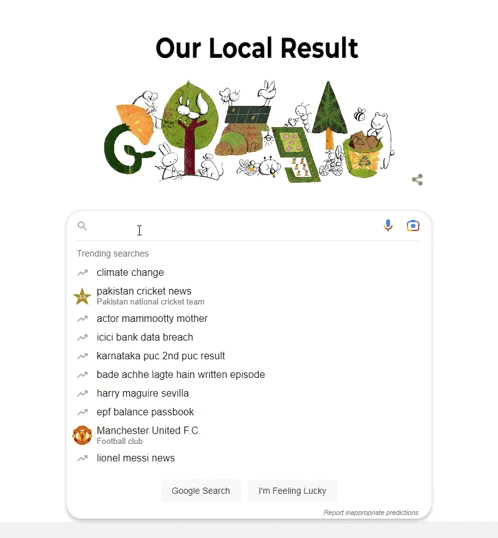Goal Setting
Start by precisely outlining the objectives and goals of your performance marketing initiative. These goals should adhere to the SMART criteria: specific, measurable, achievable, relevant, and time-bound. For instance, an objective could be increasing online sales by 20% within six months.
Audience Research
Identify and comprehend your target audience through thorough market research, analyzing demographics, interests, online behaviors, and preferences to formulate buyer personas. This information is the basis for creating customized marketing messages and targeting strategies.
Strategy Development
Develop a comprehensive performance marketing strategy based on your objectives and audience insights. Choose the best methods and platforms to reach your audience and drive conversions, which may encompass SEO, PPC, social media advertising, email marketing, and other relevant methods.
Campaign Setup
Establish the necessary infrastructure to execute your performance marketing campaign, including creating or optimizing a website, setting up tracking and analytics tools, creating ad accounts, developing landing pages, and implementing conversion tracking.
Conversion Tracking and Analysis
Implement tracking mechanisms to measure and analyze campaign performance, tracking conversions, website traffic, engagement, and other pertinent metrics using tools like Google Analytics or similar platforms. Make advantage of this information to learn more about user behavior, campaign effectiveness, and areas for improvement.
Ongoing Monitoring and Refinement
Continuously monitor the performance of your performance marketing campaign and make adjustments as necessary. Based on data analysis and feedback, refine targeting, messaging, keywords, ad creatives, and landing pages. Remain informed about market trends and adapt your strategy accordingly.
Reporting and Analysis
Generate regular reports to track progress and results, sharing these with stakeholders to demonstrate ROI and provide insights into marketing effectiveness. Use these reports to inform future campaigns and make data-driven decisions.
Scaling and Expansion
Once you've optimized and achieved success with your performance marketing campaigns, consider scaling and expanding your efforts. This might involve increasing budget allocations, exploring new channels or markets, or launching additional campaigns to reach new audiences or achieve higher conversion rates.














































 10000+ Accounts Handled
10000+ Accounts Handled 140+ Team of Professionals
140+ Team of Professionals 28+ Serving Countries
28+ Serving Countries 92% Client Retention
92% Client Retention